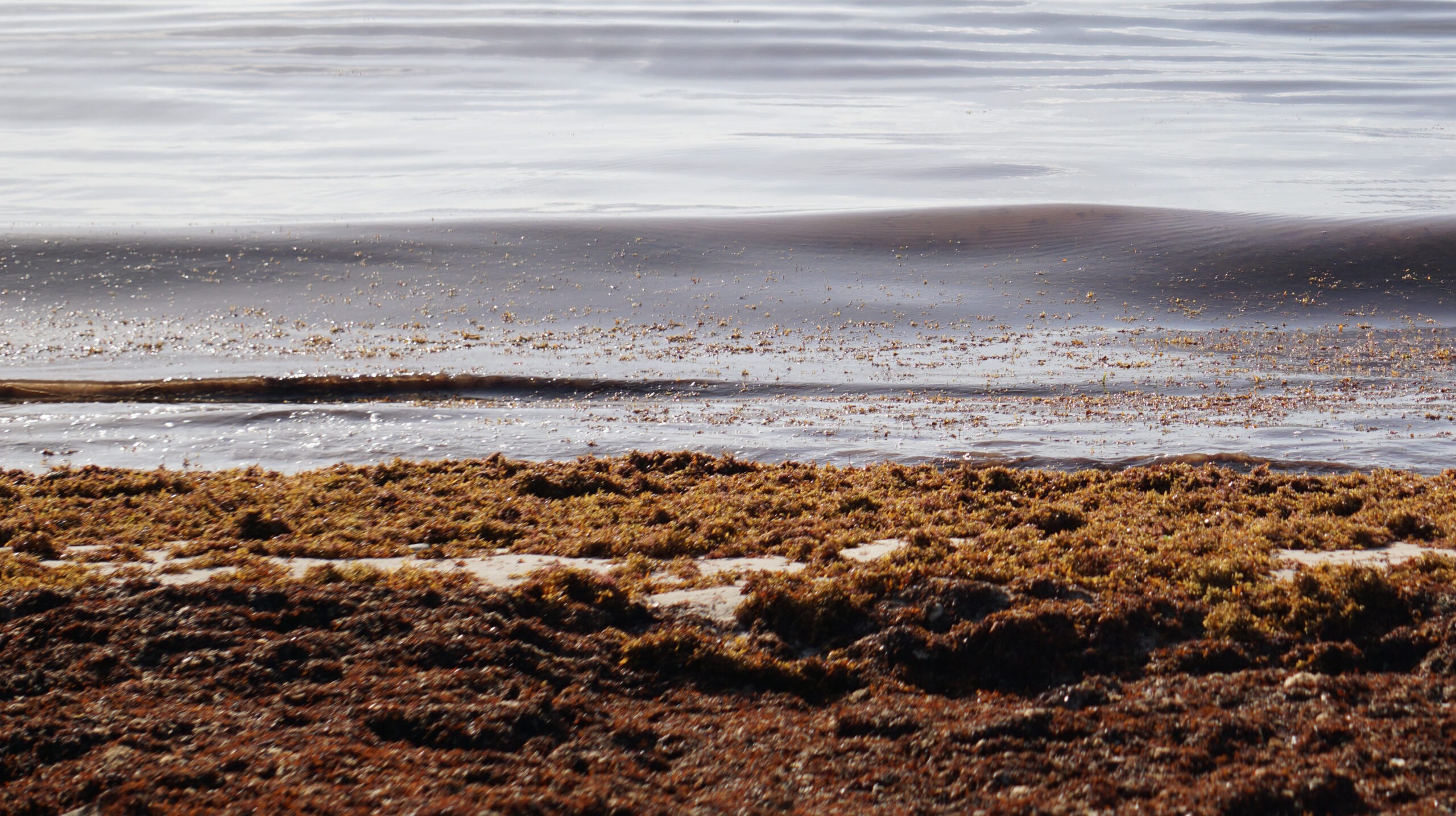
This week, distinguished researchers from the University of South Florida unveiled a startling discovery: an unprecedented proliferation of Sargassum in the tropical Atlantic Ocean. In the vicinity of the junction between the Caribbean Sea and the ocean, an exceptional accumulation of nearly 5 million tons of Sargassum algae was measured last December, marking a dramatic increase compared to the 1 million tons recorded at the same period the previous year. That’s a fivefold surge!
Scientists, who had anticipated an increase in November, underscored the magnitude of this growth, labeling the abundance of December 2023 as a historic record. This finding harks back to the preceding year, characterized by the Grand Atlantic Sargassum Belt reaching record proportions in early 2023.
Despite the fact that the mass of floating macroalgae did not reach the 2022 record, researchers noted an unexpected 15% decrease in May 2023, highlighting the complexity in understanding the mechanisms governing these marine phenomena.

Professor Chuanmin Hu, a prominent oceanography expert at USF, stated that the 5 million tons of Sargassum measured in December 2023 indicate that 2024 could be another significant year for the growth of these marine algae. Currently, the majority of the Sargassum is located approximately 500 miles east of the Caribbean Sea (about 800 km from the Antilles arc). However, a significant proliferation manifested near the mouth of the Orinoco River in Venezuela in mid-December, moving northeast to impact Trinidad and Tobago, with mats also reaching the southern Caribbean Sea.
The Sargassum Monitoring® service remains vigilant 7 days a week!
Based on current information, here are our forecasts: as of January 9, 2024, satellite images place this massive Sargassum mass between Saint Martin/Sint Maarten and the Cape Verde Islands. Current weather conditions indicate that winds and currents tend to push this Sargassum mass westward. If this situation persists, Sargassum could reach the northern Antilles in approximately 3 weeks, then the Dominican Republic in 2 months, and potentially affect Florida and Mexico in the next 3 to 4 months. Don’t forget to follow the developments in the “Forecasts” tab and the latest photos shared daily on the Sargassum Arrival Map 2024. Stay informed.
